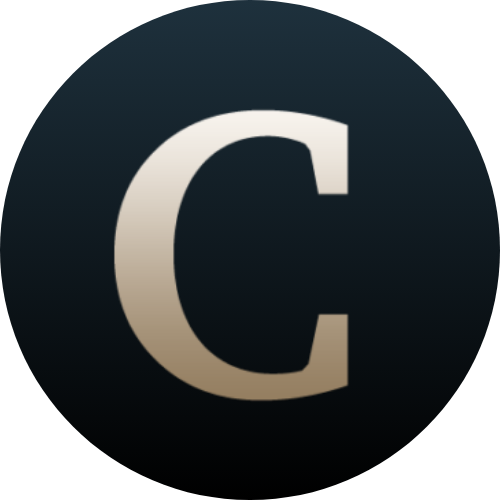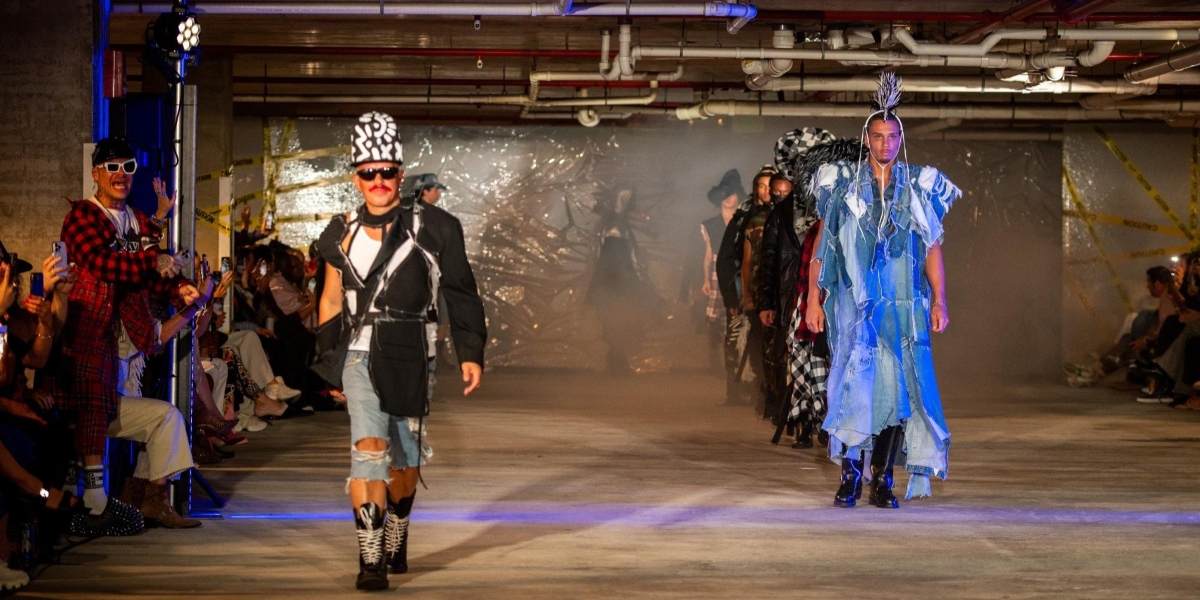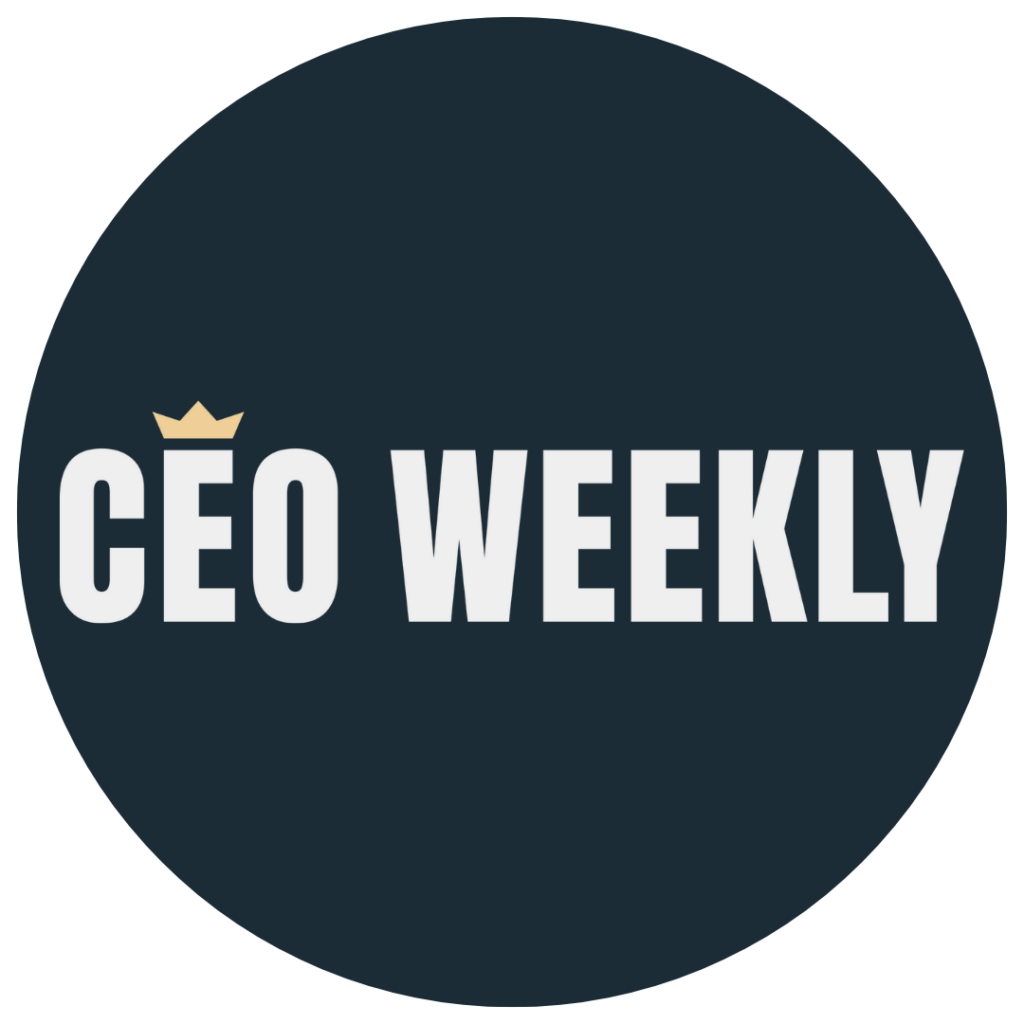In recent years, AI has significantly advanced in creative fields, particularly graphic design. One of the areas where AI is proving invaluable is logo creation. Designing a logo typically involves balancing aesthetics, symbolism, and brand identity—a process that can be time-consuming and complex. However, AI-driven platforms such as a1.art are making logo design more accessible, efficient, and creative by allowing users to generate logos directly from text prompts. This article explores how a1.art works as an AI image generator for logos, its benefits, and some practical examples of logo designs created using a1.art’s tools, including its advanced photo filters.
Why Use AI for Logo Design?
Creating a logo manually requires artistic skill and a deep understanding of branding and design principles. Traditional logo creation often involves back-and-forth communication between designers and clients, revisions, and sometimes weeks of development. With AI, this process can be significantly streamlined. AI-driven platforms interpret text prompts, quickly creating logo options based on the user’s input. This can save both time and resources, allowing for rapid iteration and exploration of creative ideas.
Platforms like a1.art take it a step further by leveraging machine learning models trained on diverse image datasets. This training enables the AI to generate a wide range of logo styles, from minimalist to abstract, tailored to specific industries or personal preferences. Whether you’re a small business owner, a freelancer, or an artist, a1.art provides an accessible way to experiment with logo concepts without extensive design experience.
The a1.art Experience: How It Works
a1.art is an AI platform known for its AI image generator capabilities; it allows users to select apps within the platform to create suitable logos and enables users to create visual images through text descriptions. For logo creation, users can input descriptive text that specifies the style, elements, and tone of the logo they envision. a1.art’s AI then processes this text and generates an image that reflects the user’s description.
The platform also features photo filters, enabling users to apply stylistic effects to their logos or other generated images. These filters can make logos look more polished or add specific visual touches, such as retro or futuristic effects. This flexibility allows users to customize their logos further and refine their brand image.
Practical Examples of AI-Generated Logos with a1.art
To illustrate the potential of AI-generated logos on a1.art, look at some examples of logo prompts and how they translate into design outputs on the platform.
Example 1: Minimalist Coffee Shop Logo
“Minimalist logo for a coffee shop, featuring a coffee cup icon, warm brown tones, elegant and simple design with clean lines, cozy and inviting aesthetic.”

a1.art would generate a simple, cozy logo suited for a coffee shop. The AI would likely emphasize clean lines and warm, neutral tones to evoke a sense of warmth and relaxation. The coffee cup icon would be central, possibly paired with a smooth font or small embellishments like a coffee bean. This type of logo would be ideal for a café aiming to present a friendly and welcoming image.
This example showcases a1.art’s ability to create functional and visually appealing logos, focusing on essential elements without clutter. Keeping the design minimal makes the logo versatile and easily recognizable—fantastic for signage, cups, and social media.
Example 2: Tech Startup Logo with a Futuristic Touch
“Modern tech startup logo, futuristic font, cool blue tones, minimalistic yet bold design, incorporates a circular icon symbolizing connectivity and innovation.”

A1.art can generate a logo with a sleek, contemporary feel for a tech-oriented brand. This prompt would lead the AI to produce a design focused on connectivity, perhaps using geometric shapes and a circular icon that conveys unity and flow. The blue tones give a professional, trustworthy feel, while the futuristic font emphasizes innovation.
This style suits technology firms that want to convey a forward-thinking, modern image. With its AI image generator, a1.art can explore multiple design variations, each incorporating the brand’s core values of innovation, connectivity, and sophistication.
Example 3: Playful Children’s Brand Logo
“Fun and playful logo for a children’s brand, a colorful palette with red, yellow, and green, cartoon-style font, features a smiling animal character.”
In this case, a1.art’s AI would focus on creating a vibrant, lively design suited for a children’s brand. The colors would be bright and appealing, with a friendly animal character (such as a bear or rabbit) that could appeal to children and parents alike. Cartoon-style fonts and simple, rounded shapes would enhance the logo’s playful feel.
This kind of logo is ideal for a toy store, daycare, or children’s clothing line. By using this prompt, users can quickly generate a series of playful logos that capture the brand’s joyful, child-friendly spirit. a1.art allows users to further refine this logo with photo filters, adding a polished or vintage effect if needed.
Example 4: Elegant Logo for a Luxury Boutique
“Elegant logo for a luxury fashion boutique, black and gold color scheme, serif font, includes a floral element, sophisticated and classic.”
For a luxury brand, the AI would aim for a sophisticated, high-end look using classic design elements. Black and gold colors create an impression of elegance, while a serif font and floral detail enhance the brand’s refined image. The final design would likely be minimalist but impactful, giving a sense of exclusivity.
This approach can benefit luxury brands, as it enables them to maintain a polished aesthetic without the need for complex graphics. With a1.art’s AI image generator, boutique owners can generate luxurious logo designs in minutes and apply additional effects with photo filters for extra refinement if desired.
Advantages of Using a1.art for Logo Generation
1. Time Efficiency: AI generation significantly reduces the time required to create a logo from scratch. Users can receive instant results by inputting a few descriptive words.
2. Cost-Effective: Hiring a professional designer can be costly, especially for small businesses and startups. AI tools like a1.art offer a more affordable alternative.
3. Creativity and Flexibility: AI can interpret prompts in numerous ways, allowing users to explore a variety of designs and choose the one that suits their needs. Additionally, photo filters offer a way to add stylistic variations to any design.
4. User-Friendly: a1.art’s interface is designed for ease of use, making it accessible even for those with no design experience. The process is straightforward, and the results are high quality, thanks to the platform’s powerful AI capabilities.
5. Customizable Options: With a1.art’s photo filters, users can experiment with different effects to create a cohesive brand identity. These filters allow for further personalization, giving users control over their logo’s final look and feel.
Conclusion
The use of AI in logo design is transforming the creative process, making it more accessible and efficient than ever before. a1.art is at the forefront of this transformation, providing users with a robust AI image generator that turns text descriptions into visually striking logos. With prompts that range from minimalist coffee shop logos to sophisticated luxury designs, a1.art offers a powerful, versatile tool for any brand.
In addition to logo generation, the photo filters on a1.art allow users to apply unique effects, enhancing logos and creating a more cohesive brand image. Whether for new businesses seeking quick, affordable branding solutions or established companies looking for a fresh perspective, a1.art opens new possibilities in logo creation. By combining simplicity, customization, and AI innovation, a1.art makes it easier than ever for anyone to design a memorable logo that perfectly reflects their brand identity.
Published by: Josh Tatunay











